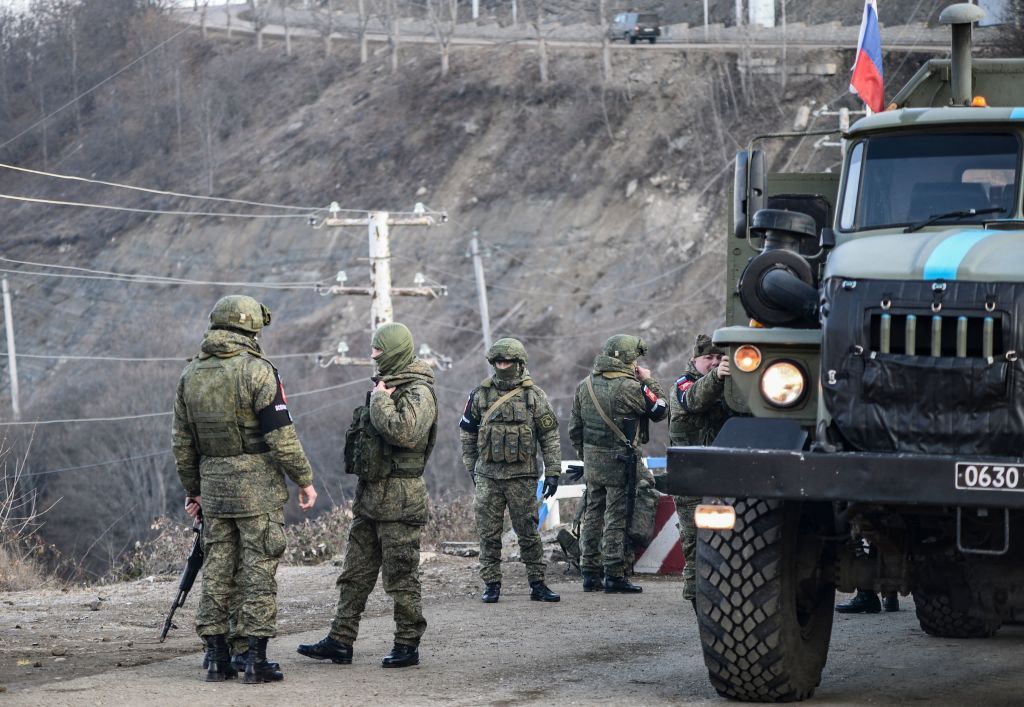Azerbaijani President raises flag in Nagorno-Karabakh capital

Azerbaijani President Ilham Aliyev raised the flag of Azerbaijan in front of the presidential palace in Khankendi (known by Armenians as Stepanakert), the capital of Nagorno-Karabakh, on Oct. 15, the president's office reported.
"Today, all the people of Azerbaijan are genuinely rejoicing," he said in a speech in front of the presidential palace formerly used by the Armenian authorities that de-facto ruled Nagorno-Karabakh for more than 30 years.
Aliyev also visited a number of other towns and cities in the recently re-captured territory in Nagorno-Karabakh and raised the Azerbaijani flag.
On Sept. 20, Nagorno-Karabakh authorities capitulated to Azerbaijani forces after a lightning offensive on Sept. 19 left them with “no choice but to cease hostilities."
One week later, the president of the self-declared Nagorno-Karabakh Republic, Samvel Shakhramanyan, signed a decree on Sept. 28 dissolving all official institutions of the breakaway state from Jan. 1, 2024.
After Nagorno-Karabakh's surrender, around 100,000 Armenians, the majority of the population, left the region for Armenia.
Azerbaijan fought against ethnic Armenians in Nagorno-Karabakh and forces from the Republic of Armenia from 1988-1994. The war ended in an Armenian victory and the creation of the breakaway Nagorno-Karabakh Republic within the territory of Azerbaijan that is recognized by international law.
In 2020, Armenia and Azerbaijan fought a war in which the latter's forces successfully reclaimed a large portion of the territory before a ceasefire was mediated by Moscow, which sent a "peacekeeping" force of several thousand Russian troops to the region.
In the following years, tensions did not subside, with Azerbaijan blockading the Lachin corridor, the only road connecting Armenia and Nagorno-Karabakh, leading to a humanitarian crisis widely condemned by UN member states and international organizations.
The situation culminated in Azerbaijan’s 24-hour successful offensive on Sept. 19, 2023.














